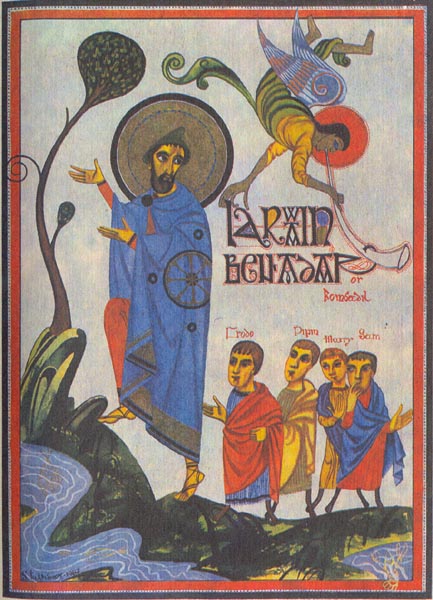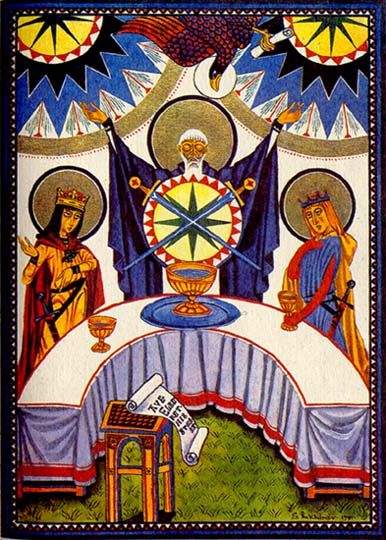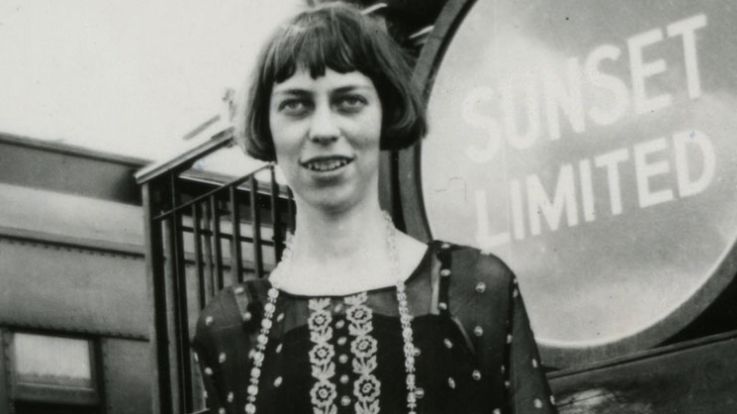For all the praise deservedly heaped on Jimmy Page for his technique as an innovative rock-blues shredder—with his violin-bowed walls of noise and motor speedway licks—one can lose sight of just how great he was as a driving rhythm player. The rough mix of Led Zeppelin’s “Whole Lotta Love”—which chugs along without the studio version’s signature stock car-engine sound in the refrain—brings Page’s rhythms to the fore. The song’s production also demonstrates Page’s skill in the studio. The guitarist masterminded the sound of “Whole Lotta Love” and the recording of AOR groundbreaker Led Zeppelin II, and he tells the story of the song’s creation, along with that unforgettable riff, in an interview with The Wall Street Journal:
I came up with the guitar riff for “Whole Lotta Love” in the summer of ’68, on my houseboat along the Thames in Pangbourne, England. I suppose my early love for big intros by rockabilly guitarists was an inspiration, but as soon as I developed the riff, I knew it was strong enough to drive the entire song, not just open it. When I played the riff for the band in my living room several weeks later during rehearsals for our first album, the excitement was immediate and collective. We felt the riff was addictive, like a forbidden thing.
The rough mix above traveled with the band as they toured the U.S. in May and June of 1969, overdubbing in studios in Los Angeles and New York. Page describes how he, engineer George Chkiantz, and mixer Eddie Kramer created the song’s reverb-drenched sonic envelope, designing each piece to work specifically for stereo FM radio. “For the song to work as this panoramic audio experience,” he says, “I needed Bonzo [drummer John Bonham] to really stand out, so that every stick stroke sounded clear and you could really feel them. If the drums were recorded just right, we could lay in everything else.” He compares Robert Plant’s searing vocal to his guitar work:
Robert’s vocal was just as extreme. He kept gaining confidence during the session and gave it everything he had. His vocals, like my solos, were about performance. He was pushing to see what he could get out of his voice. We were performing for each other, almost competitively.
As for the pre-echo and massive amounts of reverb on Plant’s vocals in the song’s breakdown—all of this came about by accident. An alternate take of Plant’s voice bled through on the master tape. Page and Kramer decided to leave it in and add the effects to make it seem intentional. More improvisational studio wizardry between the two produced the crazed outro. “Jimmy and I went nuts on the knobs,” recalls Kramer, “We had eight dials controlling the levels on eight individual tracks, so we rehearsed the choreography of what we were going to do to create the far-out sounds.”
Like current claims against the band for musical theft in “Stairway to Heaven,” “Whole Lotta Love” engendered a lawsuit from Willie Dixon, who wrote Muddy Water’s “You Need Love.” Page and Plant both admit the debt, but Page defends his contribution, saying “if you take Robert’s vocal out, there’s no musical reference.” In any case, they were eventually forced to give Dixon co-credit for the song. In a 1990 interview with Musician, Plant waxed philosophical about the controversy: “Page’s riff was Page’s riff. It was there before anything else. I just thought, ‘well, what am I going to sing?’ That was it, a nick. Now happily paid for. At the time, there was a lot of conversation about what to do. It was decided that it was so far away in time and influence that… well, you only get caught when you’re successful. That’s the game.”
Of course, the essence of the blues is musical quotation, and the affair was more a matter of money, not a case against the song’s creative power or the originality of that killer riff. Read more about the making of “Whole Lotta Love” from Page, Chkiantz, and Kramer at The Wall Street Journal.
Related Content:
Whole Lotta Led Zeppelin: Live at the Royal Albert Hall and The Song Remains the Same–the Full Shows
Jimmy Page Tells the Story of “Kashmir”
Hear Led Zeppelin’s Mind-Blowing First Recorded Concert Ever (1968)
Deconstructing Led Zeppelin’s Classic Song ‘Ramble On’ Track by Track: Guitars, Bass, Drums & Vocals
Josh Jones is a writer and musician based in Durham, NC. Follow him at @jdmagness.
 The new open philosophy journal, Ergo, was “created in response to a need for general philosophy journals that are efficient, open access, inclusive, and transparent.” Traditional philosophy journals move slowly, taking somewhere between 5 and 9 months to tell scholars whether their submissions will be accepted or not. They overwhelmingly favor work written by white men. And they cater to metaphysics and epistemology, while giving less attention to the philosophy of mind, ethics, and political theory.
The new open philosophy journal, Ergo, was “created in response to a need for general philosophy journals that are efficient, open access, inclusive, and transparent.” Traditional philosophy journals move slowly, taking somewhere between 5 and 9 months to tell scholars whether their submissions will be accepted or not. They overwhelmingly favor work written by white men. And they cater to metaphysics and epistemology, while giving less attention to the philosophy of mind, ethics, and political theory.







